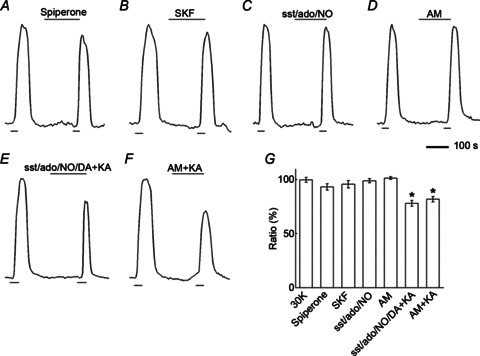Figure 6. Inhibition of retinal neurotransmitter systems does not modulate photoreceptor [Ca2+]i.

A, application of the D2R antagonist spiperone (20 μm) did not change photoreceptor [Ca2+]i. B, application of the D1R agonist SKF38393 (SKF; 20 μm) did not change photoreceptor [Ca2+]i. C, application of a cocktail, labelled ‘sst/ado/NO’, containing antagonists of somatostatin sst2A receptors (CYN-154806; 1 μm), adenosine A2 receptors (DMPX; 50 μm) and nitric oxide production (l-NMMA; 100 μm) had no effect on photoreceptor [Ca2+]i. D, application of the cannabinoid CB1 receptor antagonist AM-251 (AM; 10 μm) did not change photoreceptor [Ca2+]i. E, application of kainate (KA) in the presence of a new cocktail labelled ‘sst/ado/NO/DA’, containing the same antagonists as used in C but now with the dopamine D2 antagonist, spiperone (10 μm) added, reduced photoreceptor [Ca2+]i. F, when kainate was applied in the presence of AM-251, photoreceptor [Ca2+]i was reduced. G, summary of antagonist effects on Ca2+ signals in photoreceptors: Spiperone decreased the signal by 7 ± 3% (n= 6, P > 0.05); SKF decreased photoreceptor [Ca2+]i by 4 ± 3% (n= 6, P > 0.05); The sst/ado/NO cocktail decreased the signal by 1 ± 2% (n= 6, P > 0.05); the sst/ado/NO/DA plus kainate decreased the signal by 22 ± 3% (n= 6, P < 0.05); AM-251 increased the signal by 1 ± 1% (n= 5, P > 0.05); AM-251 plus kainate decreased the signal by 18 ± 2% (n= 4, P < 0.05).
